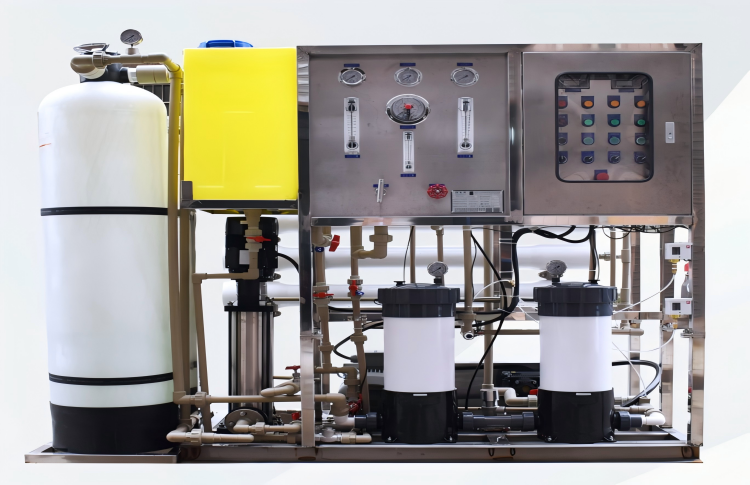Choosing the right Equipo de desalinización de agua de mar is crucial for ensuring a reliable freshwater supply while optimizing costs and efficiency. With various options available, selecting the most suitable system requires careful evaluation of several factors. This article provides a comprehensive guide to help you make an informed decision, supported by key data and practical insights.
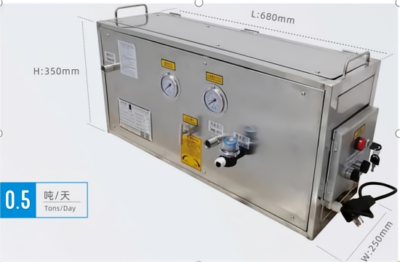
Pequeña planta de desalinización (0.5ton/día)
Step 1: Understand Your Water Needs
Primero y más importante, you need to determine your daily freshwater requirements. Whether you’re supplying water to a small community, a medium-sized vessel, or an industrial operation, this will dictate the capacity of the desalination system. Por ejemplo:
| Solicitud | Daily Water Requirement | Suggested Capacity |
|---|---|---|
| Small boats or yachts | 0.5-2 montones | 0.5-2 TPD (toneladas/día) |
| Medium-sized vessels | 3-10 montones | 3-10 TPD |
| Small coastal communities | 10-50 montones | 10-50 TPD |
By accurately assessing your needs, you can avoid under- or over-investing in equipment.

Equipo de desalinización de agua de mar (3 toneladas/día)
Step 2: Consider Energy Efficiency
Another important consideration is energy consumption. Since desalination processes, particularly reverse osmosis (RO), require significant energy, selecting an energy-efficient system is critical. Por ejemplo, RO systems typically consume 3-4 kWh per cubic meter of freshwater, while older thermal methods might consume 10-15 kWh. Clearly, modern RO technology is the preferred option for reducing operational costs.
Step 3: Evaluate Water Quality Requirements
Además, the quality of water produced by the system must meet your intended use. For drinking water, international standards such as WHO guidelines require low salt concentrations (less than 500 ppm). Ensure that the system you choose includes advanced filters and membranes capable of achieving these standards.
Step 4: Analyze Space and Installation Needs
Además, the physical size and design of the equipment play a crucial role, especially for ships and other confined spaces. Compact and modular systems are ideal for environments where space is limited.
Step 5: Factor in Maintenance and Durability
Transitioning to the operational aspect, you should assess the ease of maintenance and the durability of materials. Desalination systems operating in harsh marine environments must be made of corrosion-resistant materials like stainless steel or special plastics. Además, systems with user-friendly maintenance features, such as quick-access filters, save time and reduce downtime.
Step 6: Budget and Long-term Costs
Cost considerations go beyond the initial purchase price. When comparing systems, consider both capital expenses (CAPEX) and operational expenses (OPEX). Energy consumption, mantenimiento, and replacement of parts like membranes significantly affect the overall cost.
| Equipment Type | Costo inicial ($) | Energy Cost (per m³) | Maintenance Cost (Yearly) |
|---|---|---|---|
| Compact RO Systems | 10,000-50,000 | $0.50-$0.80 | $1,000-$2,000 |
| Thermal Distillation | 50,000-200,000 | $1.00-$1.50 | $3,000-$5,000 |
Conclusión: Tomar la decisión correcta
To sum up, eligiendo lo correcto Equipo de desalinización de agua de mar involves evaluating your water needs, eficiencia energética, water quality requirements, space, durabilidad, y presupuesto. By analyzing these factors carefully and comparing data, you can select a system that meets your requirements effectively. Por ejemplo, small RO systems are ideal for vessels, while larger systems serve communities and industries.
Ultimately, investing in the right equipment not only ensures a reliable supply of freshwater but also supports long-term cost efficiency and sustainability. With a structured approach and informed decision-making, you can confidently address water scarcity challenges.

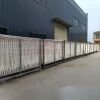 Membrana MBR
Membrana MBR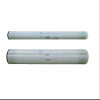 Membrana de ósmosis inversa
Membrana de ósmosis inversa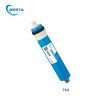 Membrana RO residencial
Membrana RO residencial Membrana UF
Membrana UF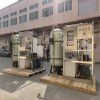 Planta de tratamiento de agua
Planta de tratamiento de agua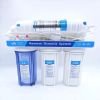 Máquina residencial RO
Máquina residencial RO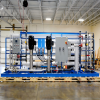 Sistema RO salobre
Sistema RO salobre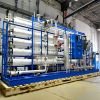 Sistema de agua de mar/planta SW ro
Sistema de agua de mar/planta SW ro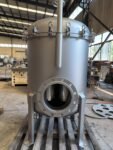 Filtro de bolsa
Filtro de bolsa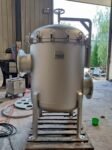 Filtro de cartucho
Filtro de cartucho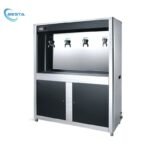 Sistema de filtración de agua comercial
Sistema de filtración de agua comercial Sistema de limpieza de membrana(Titubear)
Sistema de limpieza de membrana(Titubear)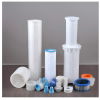 Accesorios de consumo
Accesorios de consumo